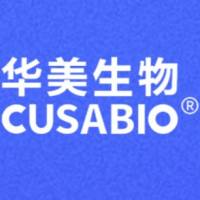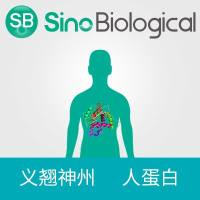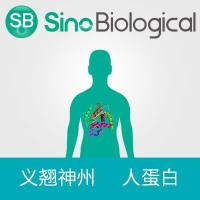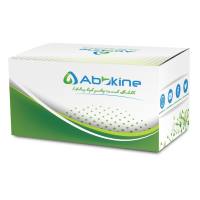Lipoic Acid as an Antioxidant: The Role of Dihydrolipoamide Dehydrogenase
互联网
694
Free lipoic acid is present in biological systems at extremely low levels. The biological function of lipoic acid requires its covalent linkage to the N6 -amino group of lysine residues of several proteins (1 ). The covalent attachment of lipoic acid to specific proteins is catalyzed by lipoate protein ligases in prokaryotes and eukaryotes (1 ). Only the naturally occurring R form, not the S form, is covalently linked to the proteins by ligases. Recent evidence indicates that free lipoic acid, when provided exogenously in pharmacological doses, may serve as an antioxidant (2 ). Lipoic acid has recently been used as a therapeutic agent against hepatic and neurological disorders (2 ). Although the mechanism of action of lipoic acid is not known, the therapeutic effects might be the result of the free-radical scavenging role of reduced lipoic acid in preventing oxidative damage in the cell. For this purpose, oxidized lipoic acid needs to be reduced to dihydrolipoic acid. The enzyme, dihydrolipoamide dehydrogenase (E3), which reversibly oxidizes dihydrolipoyl moieties linked to protein, also catalyzes reversible reduction of free lipoic acid to dihydrolipoic acid (Fig. 1 ) (3 ).


![DKFZ-PSMA-11,4,6,12,19-Tetraazadocosane-1,3,7-tricarboxylic acid, 22-[3-[[[2-[[[5-(2-carboxyethyl)-2-hydroxyphenyl]methyl](carboxymethyl)amin](https://img1.dxycdn.com/p/s14/2025/1009/171/0405943971658126791.jpg!wh200)






